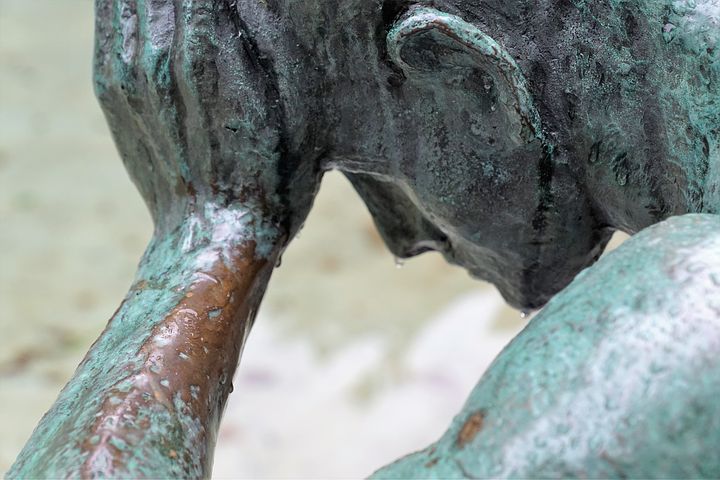EPISODE SUMMARY:
In season 3 episode 5 of the Eudo Podcast, the topic of discussion is suffering. Specifically, what is the connection between beauty and suffering? Listen on as Paul M. Gould discusses how suffering brings out a great beauty, a beauty that would not be possible without the suffering.
EPISODE NOTES:
What is the Connection between Beauty and Suffering?
The Japanese have perfected an art form called Kintsugi that transforms that which is broken into something beautiful. In fixing the broken pottery with a lacquer lined with gold, silver, or bronze, the newly created bowl is revitalized, often more beautiful than the original.
Like the Japanese artist fixing a smashed pot, God too can bring something beautiful out of the sin, brokenness, and pain of this world. But does this justify God’s permission of evil and suffering? The answer is, it depends. More specifically, it depends on the connection between moral and aesthetic values. If these two kinds of value are distinct and non-overlapping, then it is hard to see how God could be justified in making something—the cosmos as a whole, individual lives as a whole—more beautiful through suffering. But, if the two are connected in interesting ways, we might begin to see how the beauty and goodness obtained through suffering might justify, or partially justify, God’s permission of it.
What is the relationship between moral and aesthetic goods, between goodness and beauty, or between was is good for humans and what is beautiful?
The philosopher Marilyn Adams thinks that moral and aesthetic value are more related that is commonly realized. Consider the created order. The large-scale structural properties of the cosmos—harmony, fit, order, proportionality, simplicity in variability, unity in diversity—are aesthetic properties that enable humans to successfully model and thus, function in the world. As Adam’s observes, “God’s producing a world whose ‘objective’ aesthetic properties can be fruitfully modeled by human beings in terms of aesthetic goods, is one way God has of benefiting and hence of being good to human beings.” When it comes to the nature of the good life, we find beauty there too.
So, there is a connection between moral and aesthetic values. Does this mean that a more beautiful world—a world more beautiful because of sin and suffering—justifies God in permitting evil? While I think that there are connections, I don’t think that aesthetic value alone justifies God’s permission of evil.
The Role of Suffering and Its Connection to Beauty
The begin to understand the role of suffering and its connection to beauty, it is helpful to make a distinction betweenjustification and defeat. To defeat evil is to overcome it. Evil is defeated when something good and beautiful is brought into the world that would not have been possible without the evil. In this sense, it is appropriate to say that God triumphs over evil. To hold that a world including evil and suffering is more beautiful than a world without out, importantly, does not justify God, or obviously justify God, in permitting evil and suffering. Evil itself is always a bad thing. It is an alien intruder into God’s good world. Why then, would a perfectly good and loving God permit evil and suffering?
Eleonore Stump thinks that aesthetic goodness is, at best, a supplementary good, when it comes to the question of God’s justification for evil. In Wandering in Darkness, Stump unpacks what we might call an eschatological theodicy that locates God’s permission of evil in the beautiful divine drama as revealed in the Bible.
CONCLUDING REMARKS:
Beauty is intimately related to the good life for humans as well as the overall good of the world. Moreover, since man’s highest good—on Stump’s and Adams’s view—is union with a beautiful God, there is a sense in which God’s justification for evil and defeat of evil converge. For man’s highest good and God’s ultimate defeat of evil converge as God, the Supreme Beauty, makes redemption available to all who will come, through the triumph of Christ on a Cross.
RESOURCES MENTIONED:
- Marilyn McCord Adams, “Aesthetic Goodness as a Solution to the Problem of Evil,” in God, Truth and Reality: Essays in Honour of John Hick
- Eleonore Stump, Wandering in Darkness





